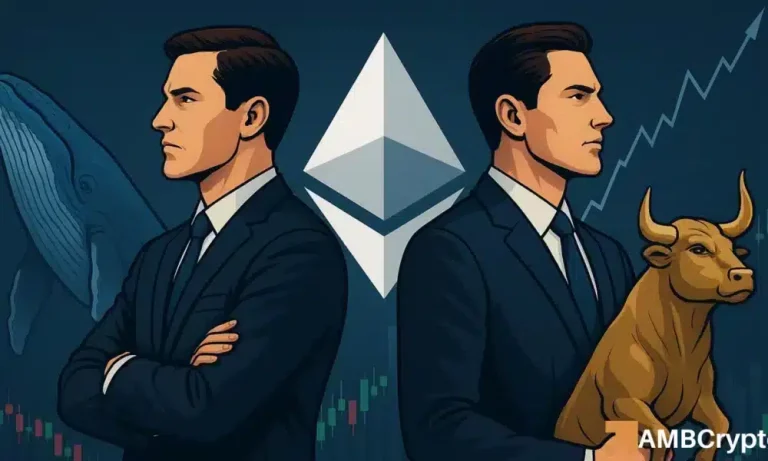
The Evolution of E-commerce by 2025: Trends and Predictions
E-commerce, The Evolution of E-commerce by 2025 has revolutionized the way we shop and conduct business. The industry has experienced rapid growth over the years, and by 2025, it is expected to continue evolving with new trends and technologies. In this article, we will explore the evolution of e-commerce and provide insights into the future of online shopping.
History of E-commerce

The concept of e-commerce dates back to the 1960s, when companies began using electronic data interchange (EDI) to facilitate transactions. However, it wasn’t until the 1990s that e-commerce started to gain popularity with the widespread use of the internet. The first online transaction took place in 1994, and since then, the industry has grown exponentially.
Current State of E-commerce

Today, e-commerce is a multi-billion-dollar industry, with millions of online stores and marketplaces operating globally. The rise of mobile devices and social media has further propelled the growth of e-commerce, making it easier for consumers to shop online. The current state of e-commerce is characterized by:
- Increased use of mobile devices for online shopping
- Growing importance of social media in e-commerce
- Rise of influencer marketing and user-generated content
- Improved payment and shipping options
- Enhanced customer experience through personalization and AI-powered chatbots
Trends and Predictions for 2025

By 2025, e-commerce is expected to continue evolving with new trends and technologies. Some of the predicted trends include:
- Augmented Reality (AR) and Virtual Reality (VR): Increased use of AR and VR in e-commerce to provide immersive shopping experiences
- Artificial Intelligence (AI) and Machine Learning (ML): Greater use of AI and ML to personalize customer experiences, predict buying behavior, and optimize logistics
- Sustainability and Environmental Consciousness: Growing emphasis on eco-friendly packaging, sustainable supply chains, and environmentally responsible business practices
- Social Commerce: Increased integration of social media and e-commerce, enabling consumers to purchase products directly from social media platforms
- Blockchain and Cryptocurrency: Potential use of blockchain technology and cryptocurrency in e-commerce to enhance security, transparency, and efficiency
Conclusion

The evolution of e-commerce by 2025 will be shaped by technological advancements, changing consumer behavior, and growing environmental concerns. As the industry continues to grow and evolve, businesses must adapt to these changes to remain competitive. By understanding the current state of e-commerce and predicted trends, businesses can develop strategies to succeed in the future of online shopping.





